Papal Conclave: How The Catholic Church Chooses Its Next Leader
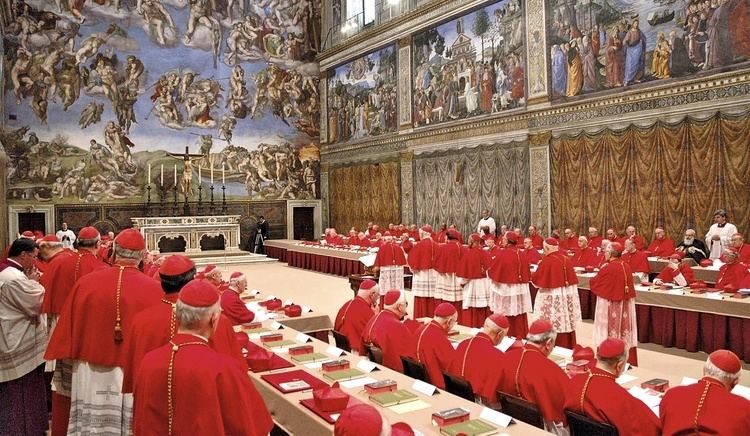
Table of Contents
The Death or Resignation of a Pope
The Papal Conclave is initiated by the death or resignation of the reigning Pope. This event triggers a series of carefully orchestrated steps, beginning with the confirmation of the Pope's demise or his formal resignation (a relatively recent development). The moment of transition is known as sede vacante ("the see is vacant"), a period of mourning and preparation for the upcoming conclave.
During this crucial interregnum, the Cardinal Camerlengo assumes temporary administrative control over the Holy See. He acts as a kind of regent, managing the Church's affairs until a new Pope is elected.
- Confirmation of the Pope's death or resignation: This is officially announced to the world, marking the beginning of the sede vacante.
- Period of mourning and preparation: This period allows time for the College of Cardinals to gather and prepare for the conclave. Prayers and masses are held, emphasizing the spiritual weight of the decision ahead.
- Responsibilities of the Cardinal Camerlengo: The Camerlengo seals the Papal apartments, manages the Vatican's finances, and ensures the smooth functioning of the Church's administrative bodies.
The Conclave: Participants and Location
The Papal Conclave is composed of Cardinal electors, specifically those under the age of 80. These cardinals, representing the global Catholic Church, are tasked with the solemn responsibility of selecting the next Pope. The age limit ensures a balance between experience and the vitality needed to lead the Church into the future.
Historically, and typically today, the conclave takes place within the Vatican City, most commonly in the Sistine Chapel. This iconic location, renowned for its breathtaking artwork and historical significance, provides a fitting setting for this crucial event. The conclave is characterized by strict seclusion and comprehensive security measures designed to ensure confidentiality and prevent external interference.
- Cardinal electors under 80 years of age: Only cardinals who meet this age criterion are eligible to participate in the voting process.
- Secrecy and isolation of the conclave: The cardinals are sequestered, with minimal contact with the outside world. Communication is strictly controlled.
- Security protocols and media coverage: Robust security measures are implemented to safeguard the cardinals and maintain the integrity of the process. Media coverage is limited, often focusing on the visible smoke signals.
- The location and its significance: The choice of the Sistine Chapel underscores the historical and spiritual weight of the event.
The Voting Process: Rules and Procedures
The election of a new Pope is a highly structured process. Cardinals cast their votes using specially prepared ballots, ensuring secrecy. A two-thirds majority is required for a valid election. After each round of voting, the ballots are burned in a stove; white smoke signals the election of a new Pope, while black smoke indicates that no candidate has reached the necessary majority.
- Secret ballot process: The secrecy surrounding the voting is paramount, ensuring the freedom of the cardinals to vote according to their conscience.
- Two-thirds majority requirement: This high threshold aims to ensure a consensus choice, reflecting the weight of the decision.
- The significance of white and black smoke: These visual signals provide a tangible update for the expectant world outside the conclave walls.
- Number of ballots and voting rounds: Multiple rounds of voting can occur, often extending over several days until a Pope is elected.
Scrutiny and the Election of the New Pope
Once a candidate receives the necessary two-thirds majority, the ballots are meticulously counted. The announcement, “Habemus Papam!” (“We have a Pope!”), signals the joyous conclusion of the conclave. The newly elected Pope is then formally confirmed by the Cardinal Dean, the senior Cardinal among the electors.
- Counting the ballots: This is a formal and precise procedure, ensuring accuracy and transparency.
- Announcement of "Habemus Papam!": This proclamation is met with jubilation within the Sistine Chapel and around the world.
- Confirmation by the Cardinal Dean: This act formalizes the election and officially introduces the new Pope to the world.
The Role of the Holy Spirit in the Papal Conclave
The Catholic Church believes that the Holy Spirit guides the cardinals in their deliberations. Prayer and spiritual reflection form an integral part of the conclave. The cardinals seek divine guidance in selecting the individual best suited to lead the Church.
- The role of prayer and faith: Prayer is a constant element throughout the process, reinforcing the spiritual nature of the task.
- Seeking divine guidance: The cardinals believe they are guided by the Holy Spirit in choosing the most appropriate successor.
- Spiritual reflection during the process: Time for personal prayer and reflection is built into the conclave's schedule.
Conclusion
The Papal Conclave, a complex and deeply symbolic process, represents the culmination of a long and storied tradition. The meticulous procedures and the intense spiritual atmosphere ensure that the selection of the next Pope is a solemn and meaningful event, profoundly impacting billions of Catholics globally. Understanding the intricacies of a Papal Conclave provides invaluable insight into the governance of the Catholic Church and the enduring significance of its leadership. To further delve into this fascinating subject, research the history and intricacies of the Papal Conclave, and explore the lives of past popes. Consider further reading on topics like the history of the papacy or the Catholic Church's governance to gain a deeper understanding of this pivotal event and its lasting influence.

Featured Posts
-
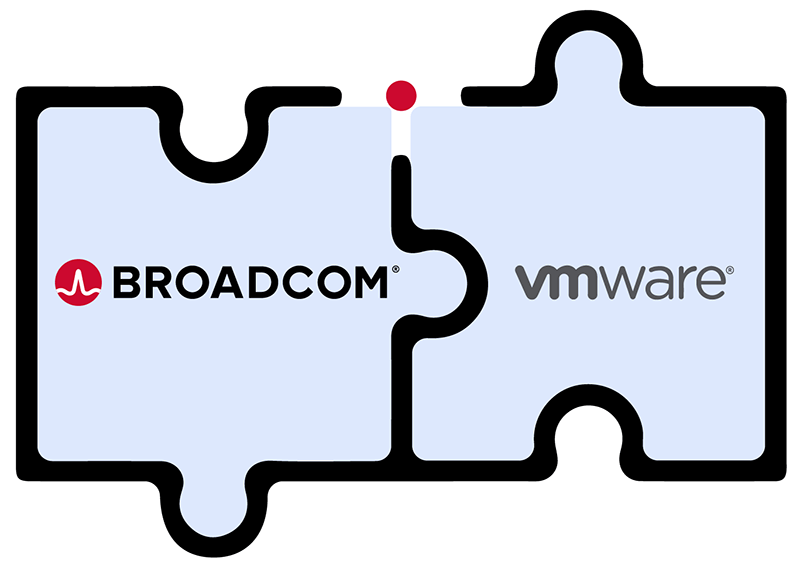 Broadcoms V Mware Acquisition At And T Highlights Extreme Price Increase
Apr 22, 2025
Broadcoms V Mware Acquisition At And T Highlights Extreme Price Increase
Apr 22, 2025 -
 Googles Dominance Under Scrutiny The Growing Risk Of Antitrust Action
Apr 22, 2025
Googles Dominance Under Scrutiny The Growing Risk Of Antitrust Action
Apr 22, 2025 -
 Ryujinx Emulator Project Ends After Reported Nintendo Contact
Apr 22, 2025
Ryujinx Emulator Project Ends After Reported Nintendo Contact
Apr 22, 2025 -
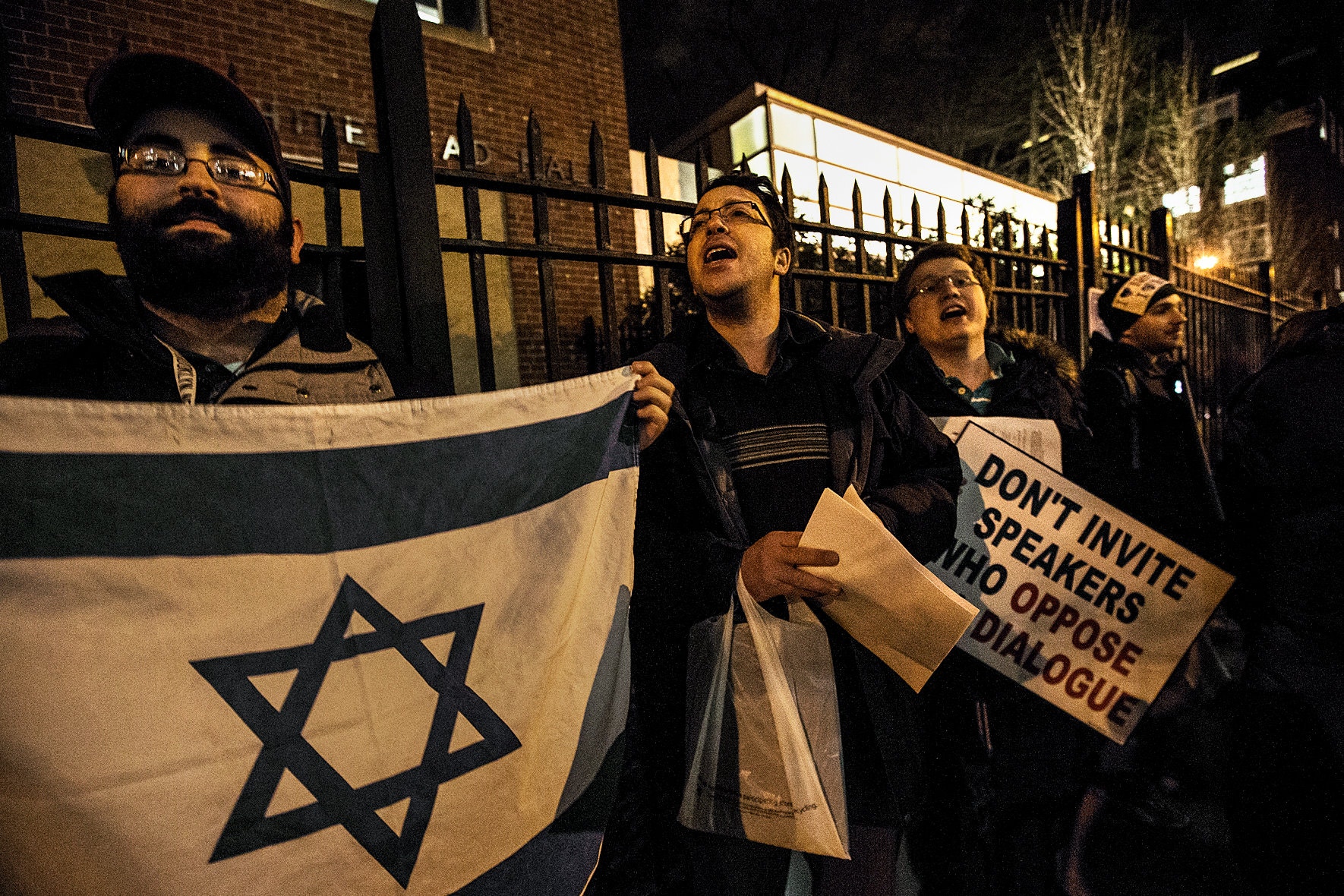 Hear From Protesters Anti Trump Rallies Across The Us
Apr 22, 2025
Hear From Protesters Anti Trump Rallies Across The Us
Apr 22, 2025 -
 Navigating The China Market Challenges Faced By Bmw Porsche And Competitors
Apr 22, 2025
Navigating The China Market Challenges Faced By Bmw Porsche And Competitors
Apr 22, 2025
Latest Posts
-
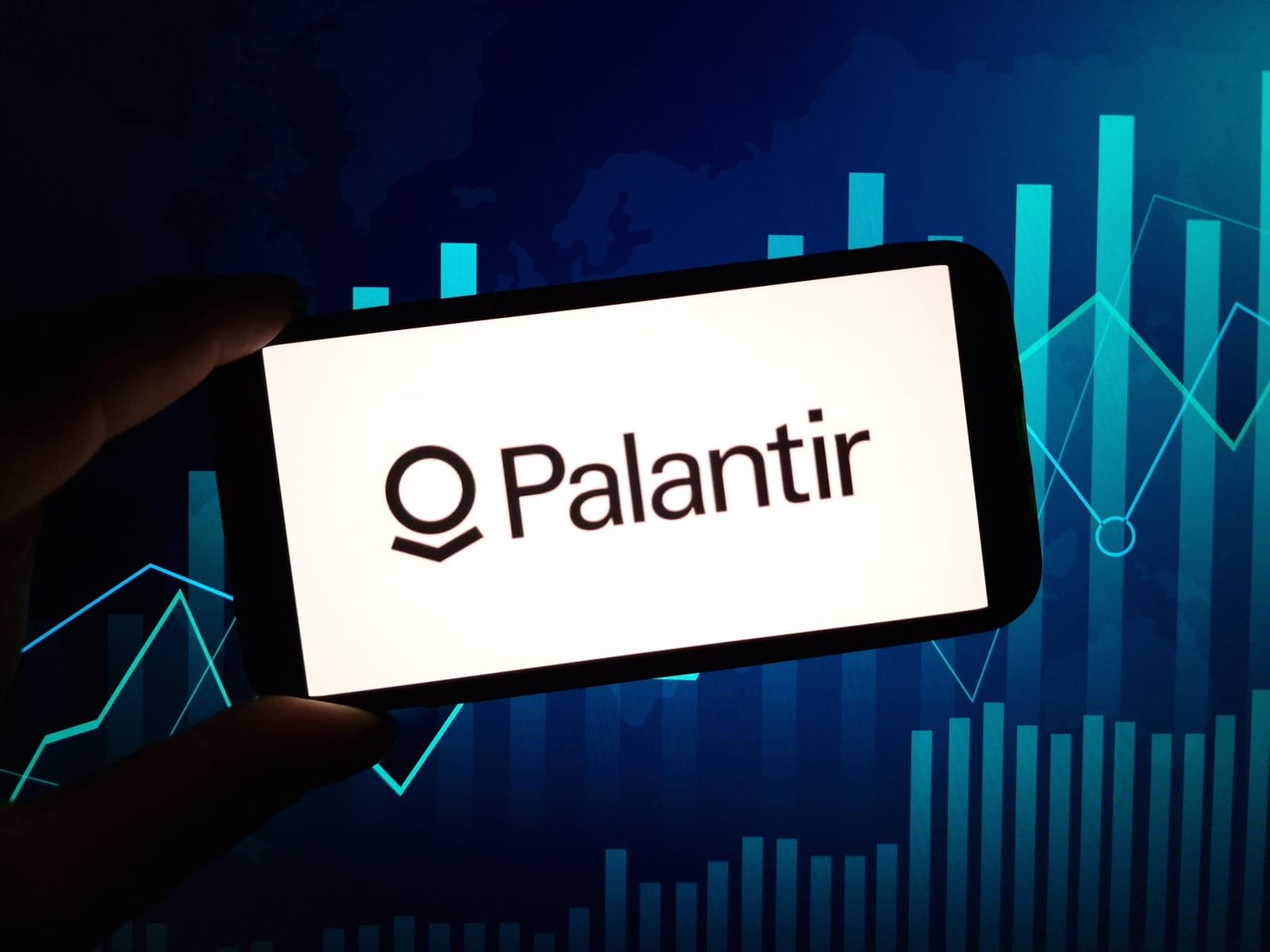 Palantir Stock Before May 5th A Prudent Investment
May 10, 2025
Palantir Stock Before May 5th A Prudent Investment
May 10, 2025 -
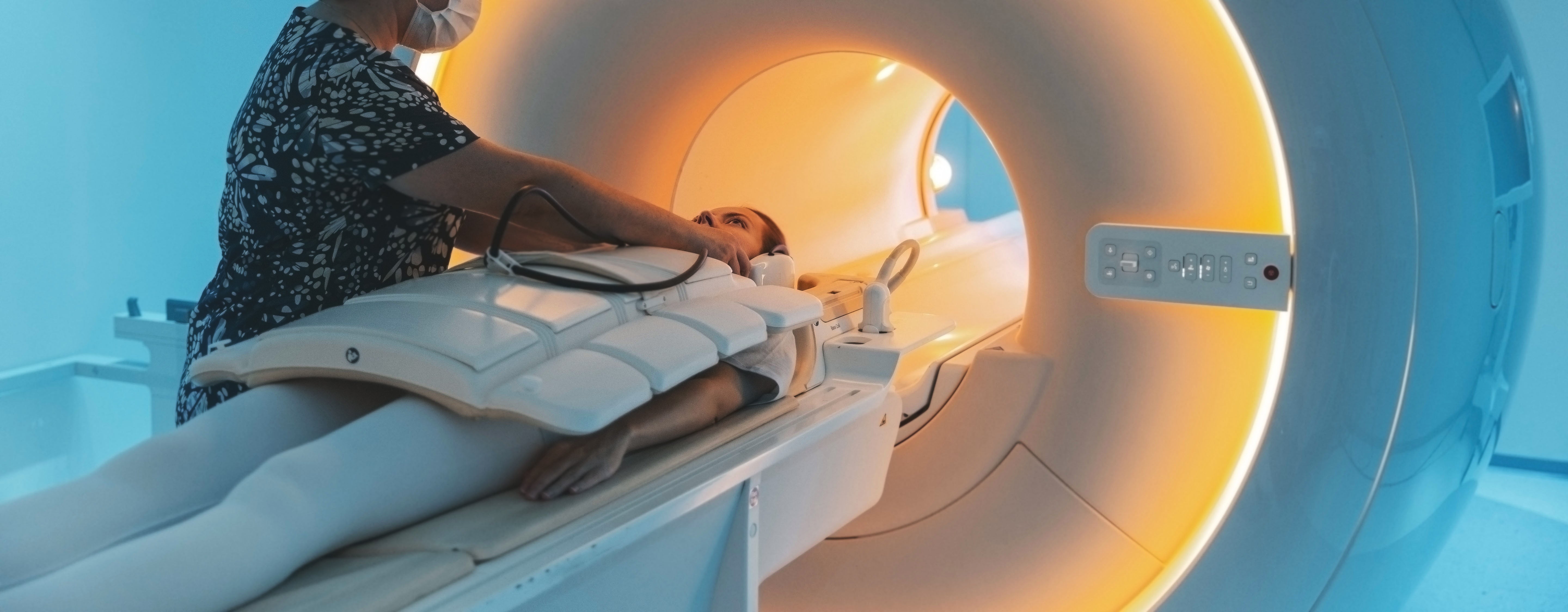 Palantir Technology Stock Wall Streets Pre May 5th Prediction
May 10, 2025
Palantir Technology Stock Wall Streets Pre May 5th Prediction
May 10, 2025 -
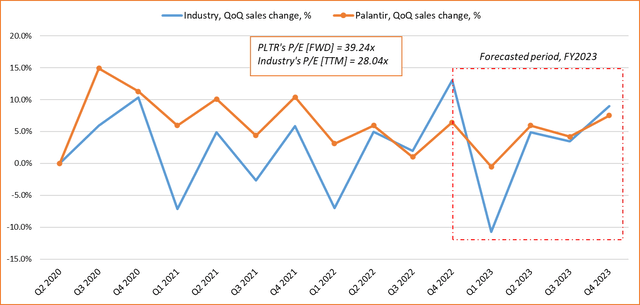 Should You Invest In Palantir Stock Before May 5th
May 10, 2025
Should You Invest In Palantir Stock Before May 5th
May 10, 2025 -
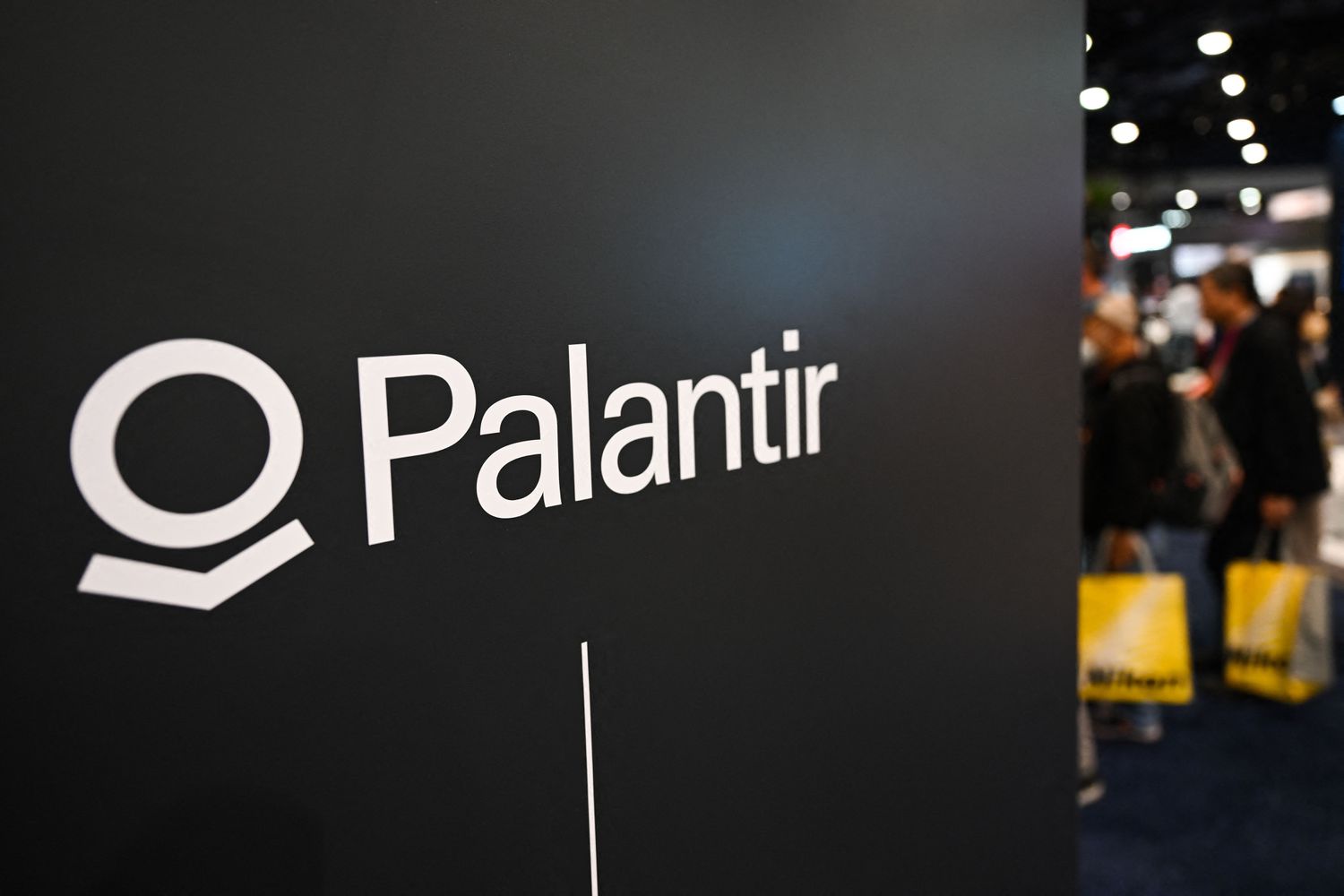 Palantir Stock Before May 5th Is It A Buy Wall Streets Verdict
May 10, 2025
Palantir Stock Before May 5th Is It A Buy Wall Streets Verdict
May 10, 2025 -
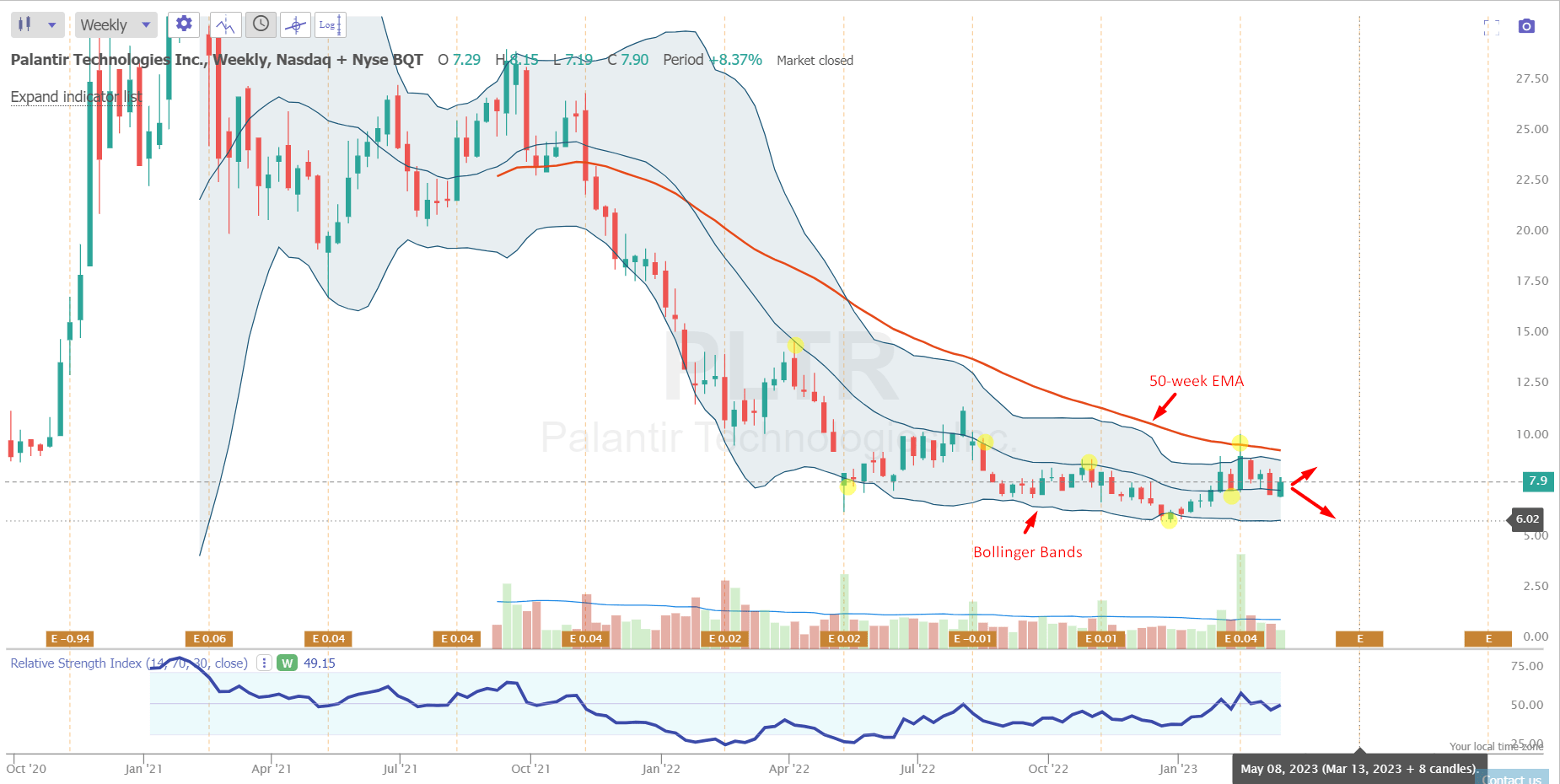 Palantir Technologies Stock A Detailed Investment Analysis For 2024
May 10, 2025
Palantir Technologies Stock A Detailed Investment Analysis For 2024
May 10, 2025
